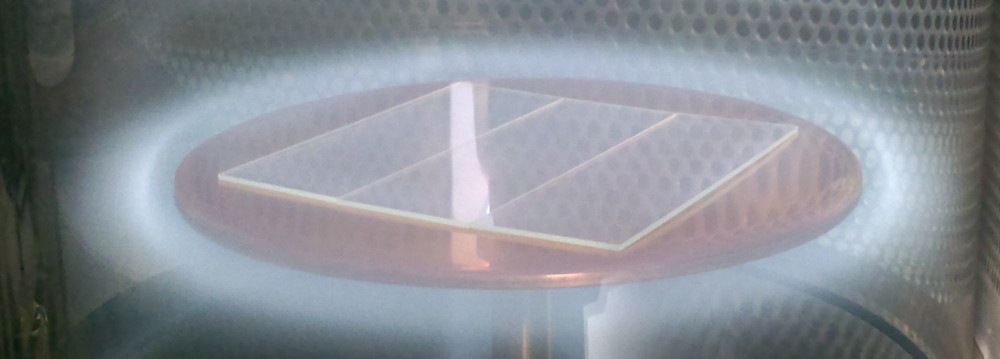I’d like to highlight the great work from PhD student Javad Naderi.
Javad has published two papers on antifungal surface coatings.
The first, published in the Journal of Antimicrobial Chemotherapy, is on covalent coupling of two members of the echinocandin antifungal drug glass to surfaces. Both anidulafungin and micafungin surface coatings were highly antifungal vs Candida albicans.

Surface coatings with covalently attached anidulafungin and micafungin prevent Candida albicans biofilm formation. doi.org/10.1093/jac/dky437
However, perhaps the most important finding was that the anidulafungin surface killed yeast and prevented biofilm, and could be washed and rechallenged at least 5 times without losing efficacy.
This finding supports a mechanism of action where the drug is:
- not eluted or cleaved from the surface
- not affected by surface fouling
Along with previous publications on the other approved echinocandin, caspofungin, there is more evidence to suggest that the echinocandin drug class can be antifungal even when immobilised on surfaces (i.e. does not need diffusion to reach drug targets). Exactly how this happens is an active area or research for us.
The second explores the surface activity of another drug class, the polyenes. At first, it looks like drugs like amphotericin B remain active when attached to surfaces; however, if you are careful and you make sure to wash off ALL traces of loosely adsorbed compounds (leaving only contently attached) then this effect is eliminated.
Thus, not all surface coatings prepared using covalent attachment of antifungal drugs actually work.

Surface-grafted antimicrobial drugs: Possible misinterpretation of mechanism of action. doi.org/10.1116/1.5050043
Failure to account for compounds that can be washed off and possible misinterpretation of mechanism of action should be an issue that researchers are made aware of.
This article was a Featured Article and a Scilight published in the journal Biointerphases.
